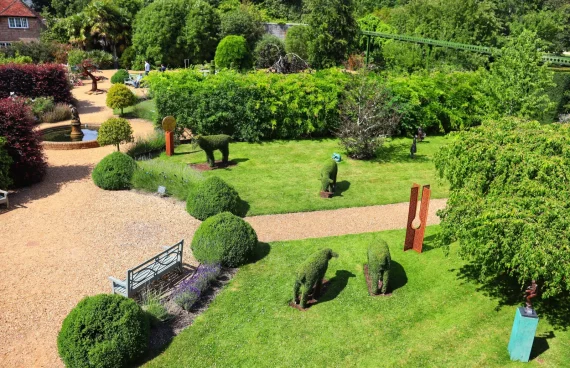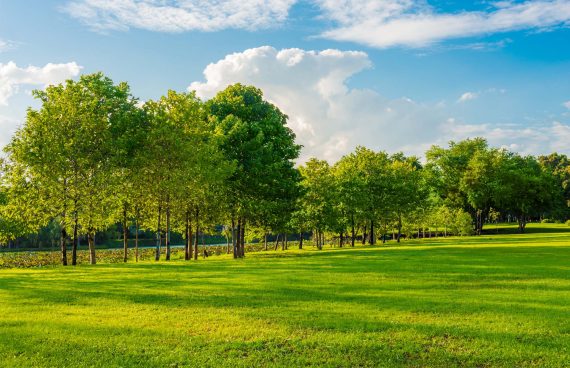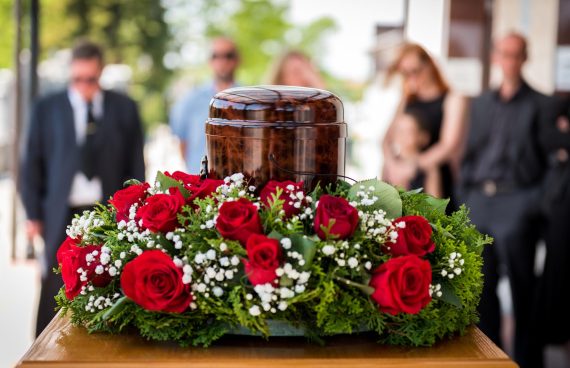What is the Cremation process?

Cremation is an increasingly popular form of memorialization, but many still would like to know more about the process and how a body is cremated. Here’s a closer look at how cremation works and why it’s gaining popularity.
What is the cremation process?
Cremation begins with the preparation of the body. Unlike traditional burials, embalming is typically not required. The body is placed in a combustible container and transferred to a cremation chamber at a crematorium, where it is then incinerated. This process usually takes 2-3 hours.
After the body has been reduced to ashes and the cremation chamber has cooled, which can take several more hours, the ashes are carefully collected and placed in a receptacle, such as an urn, before being returned to the family.
Cremation vs. traditional burial
Traditional burials have long been the most common form of memorialization. In-ground burials involve placing the body in a casket, which is then interred in a burial vault in the ground, often after embalming to preserve the body. The gravesite is marked with a memorial, such as a headstone, and there is typically a funeral service at the cemetery.
While the cremation process differs significantly from traditional burial, the subsequent steps can be quite similar. Both cremations and burials often include a memorial service where the casket or urn is prominently displayed. The funeral service for a burial usually occurs at the gravesite, while for cremation, it can take place at a cemetery if the urn is being buried or placed in a cremation niche in a columbarium. Many families also choose to scatter the ashes in a cemetery’s dedicated cremation garden.
Options for cremated remains
Once you understand the cremation process, there are various options for what to do with the remains. Some families choose to keep the urn at home, perhaps in a special place of honor. Others may prefer to scatter the ashes in a meaningful location, such as a backyard or a place that held special significance to the deceased. Some cemeteries even have dedicated cremation gardens for this purpose, which might include options like scattering ashes over water or launching them into space. It’s important to remember that laws regarding the scattering of cremated remains vary by state, so be sure to follow local regulations.
Religious beliefs can also influence how cremated remains are handled. For instance, while cremation is permitted in Catholicism, the Church prefers that the ashes be buried in a casket in the ground. Different religions have their own perspectives and traditions related to cremation, so it’s essential to consider these when planning.
Why choose cremation?
There are several reasons why more people are choosing cremation. Cost is a significant factor, as cremation is often less expensive than traditional burial, particularly if a casket and gravesite are not required. Environmental concerns also play a role, as cremation doesn’t involve dedicating land to a burial plot, and the process typically avoids the use of embalming chemicals. Additionally, the environmental impact of cremation is relatively low, as the emissions released are minimal compared to other methods. For many, the decision to choose cremation is a deeply personal one, influenced by a combination of financial, environmental, and emotional considerations.
Deciding what’s right for you
The cremation process offers a distinct alternative to traditional burial, with its own set of advantages, including lower costs and reduced environmental impact. However, it’s crucial to respect the faith and wishes of the deceased when making this choice. Ultimately, cremation is a personal decision that should be made with care and understanding. To learn more about cremation or to start planning, consult with a funeral home director or an expert from MemorialPlanning.com.






 Use current location
Use current location









